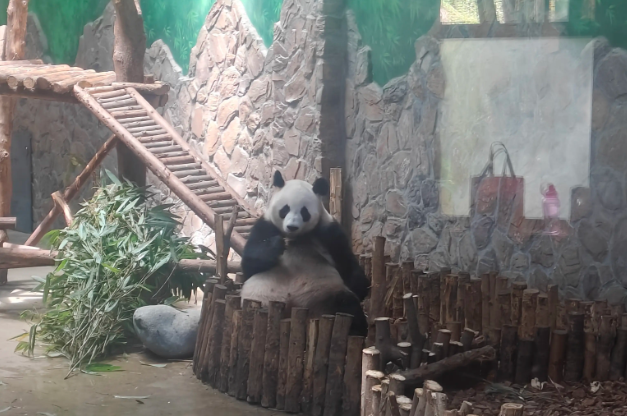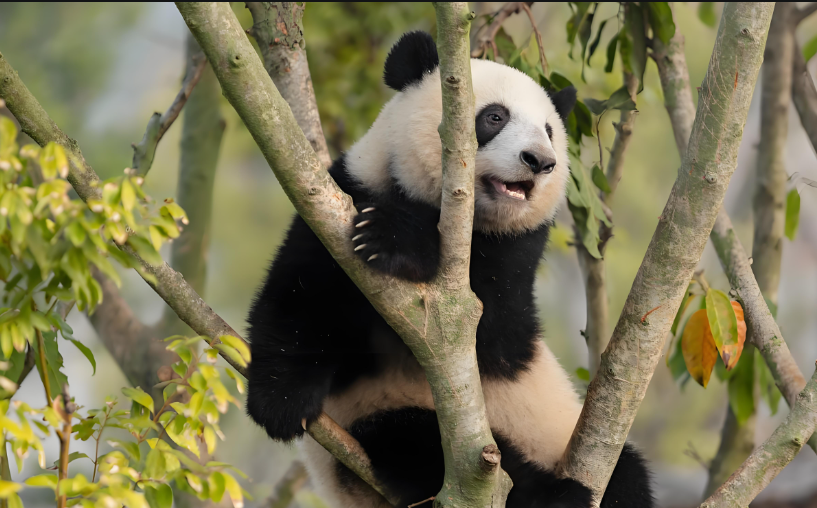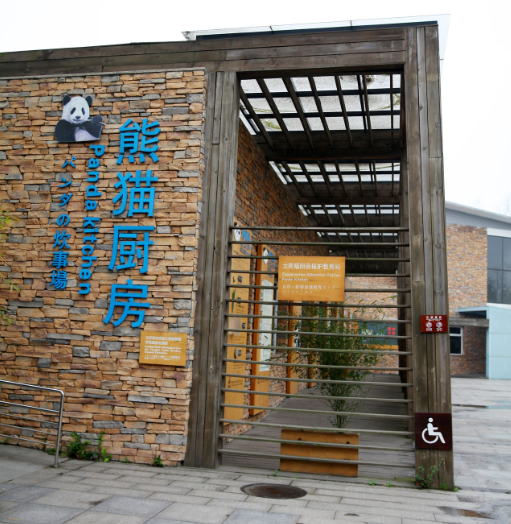Nestled in the vibrant city of Chengdu, the Chengdu Research Base of Giant Panda Breeding is a must-visit destination for wildlife enthusiasts and travelers seeking an intimate encounter with China’s most beloved animal—the giant panda. Established in 1987, this world-renowned conservation center combines cutting-edge research with eco-tourism, offering visitors a rare glimpse into the lives of these endangered creatures while championing global biodiversity efforts.
A Haven for Giant Pandas
Spanning over 600 acres, the base is home to more than 120 giant pandas, including adults, cubs, and rare red pandas. Designed to mimic their natural habitat, the lush bamboo forests and spacious enclosures allow pandas to thrive.
Visitors can observe pandas feeding, playing, and even nursing their young—a heartwarming sight that underscores the center’s success in breeding and rehabilitation.
Key Highlights for Visitors
Panda Nurseries:
1.Watch caretakers bottle-feed adorable cubs, some weighing as little as 51 grams at birth. The base’s pioneering techniques, such as alternating twins between mother and incubator care, have significantly improved survival rates for underweight cubs.
2.Educational Exhibits:
Learn about panda biology, conservation challenges, and China’s efforts to reintroduce pandas into the wild. Interactive displays and multilingual guides make the experience engaging for international visitors.
3.Morning Activity:
Pandas are most active during feeding times (9:00–11:00 AM). Don’t miss the chance to see them munching on bamboo—adults consume up to 40 kg daily!
Conservation Achievements
The base is a global leader in panda conservation. Its work extends beyond breeding to habitat restoration and international collaborations, such as the “panda diplomacy” program, which has fostered goodwill by gifting pandas to partner nations.
In 2023, the center celebrated a milestone: over 200 cubs born in captivity, many of which have been successfully reintroduced into Sichuan’s protected reserves.
Visitor Tips
- Book Early: To manage crowds, the base limits daily tickets to 60,000 (36,000 for morning slots). All tickets must be purchased online in advance.
- Best Time to Visit: Spring (March–May) and autumn (September–November) offer mild weather and active pandas.
- Nearby Attractions: Pair your visit with Dujiangyan’s ancient irrigation system (a UNESCO site) or the scenic Qingcheng Mountain.
A Commitment to the Future
By visiting, you directly support panda conservation. Proceeds from tickets fund research and habitat projects, ensuring future generations can marvel at these iconic animals. As one visitor remarked, “Seeing pandas up close isn’t just a tour—it’s a lesson in humanity’s role in protecting nature”.



















No comments yet